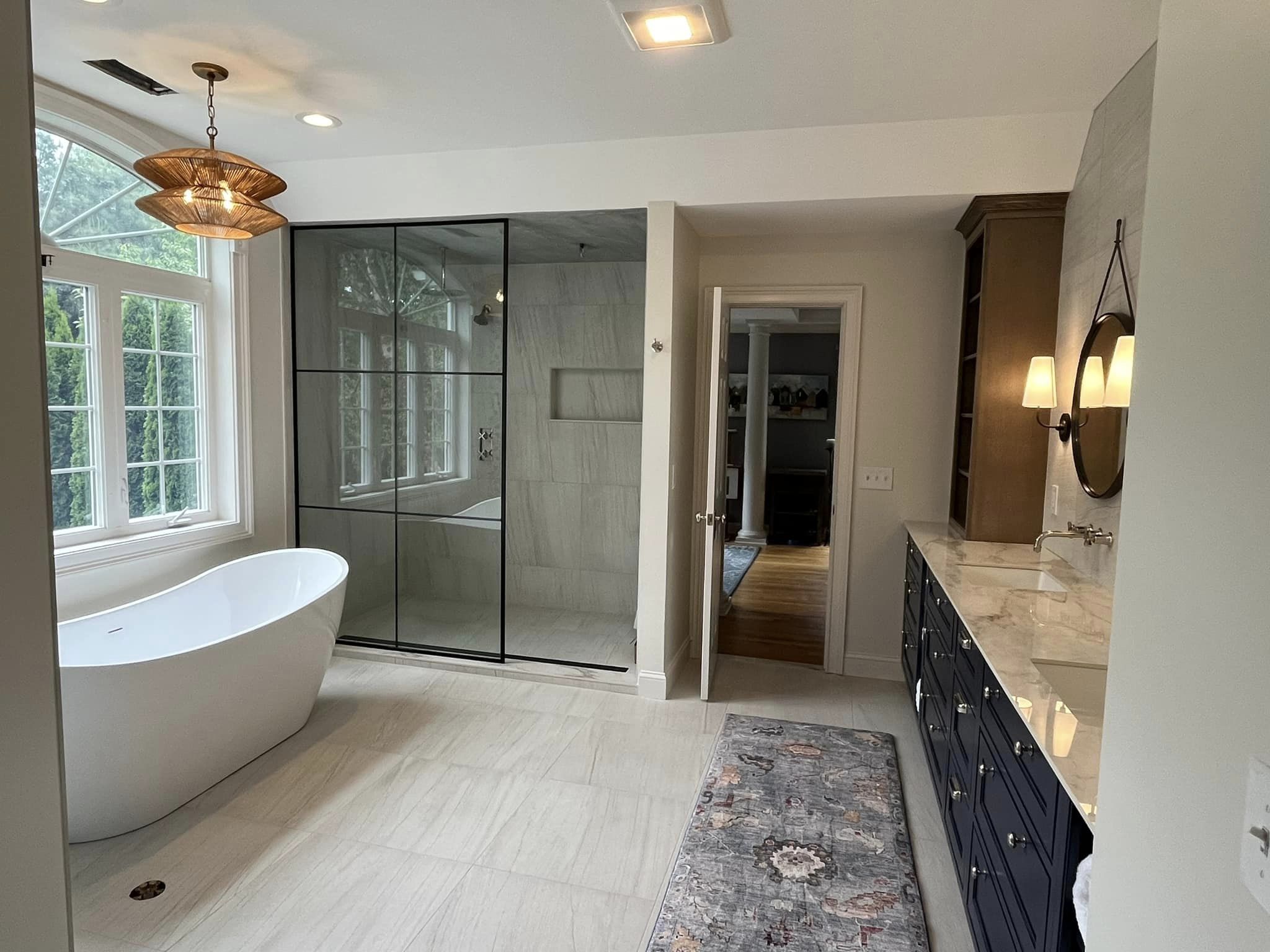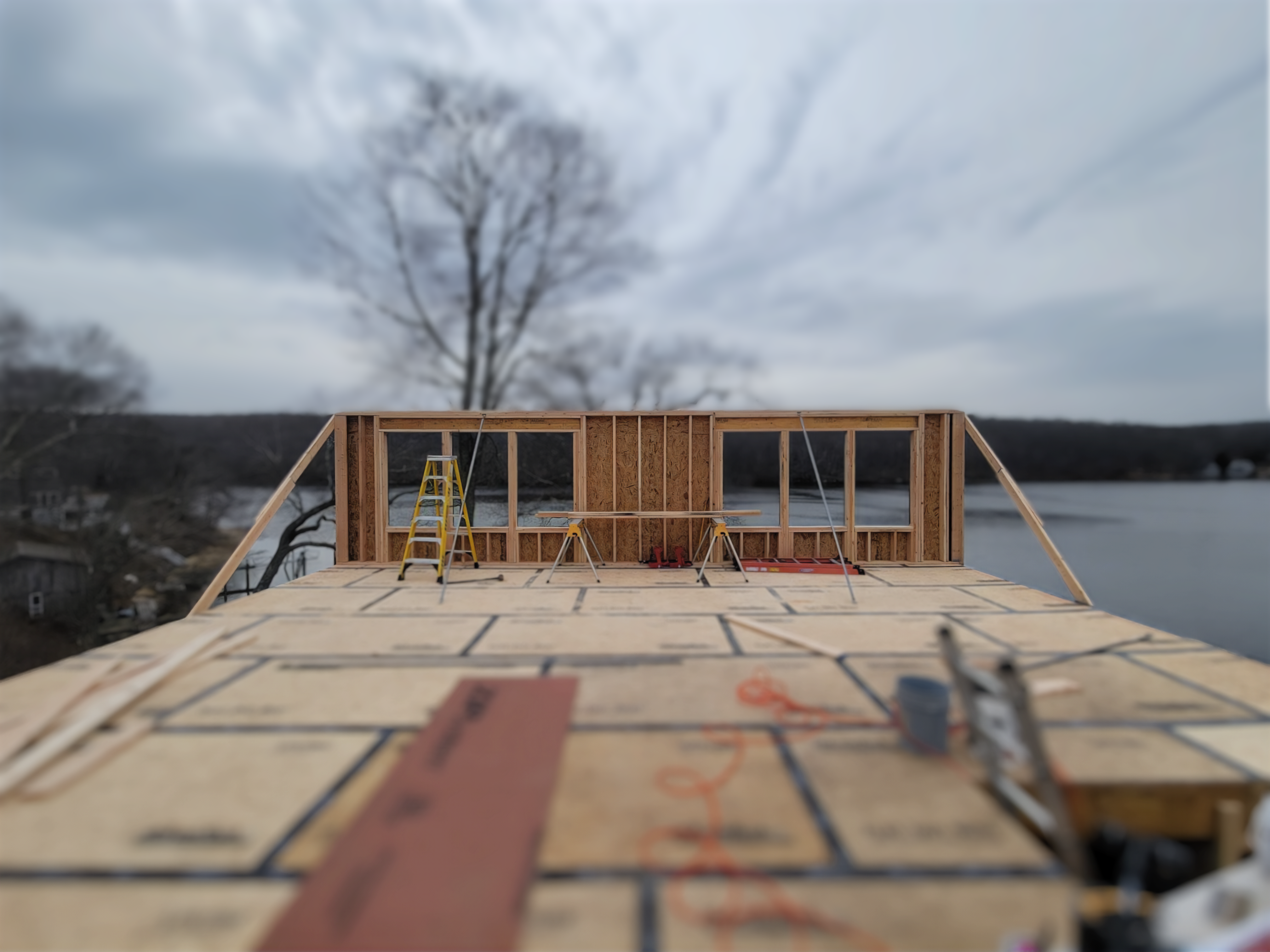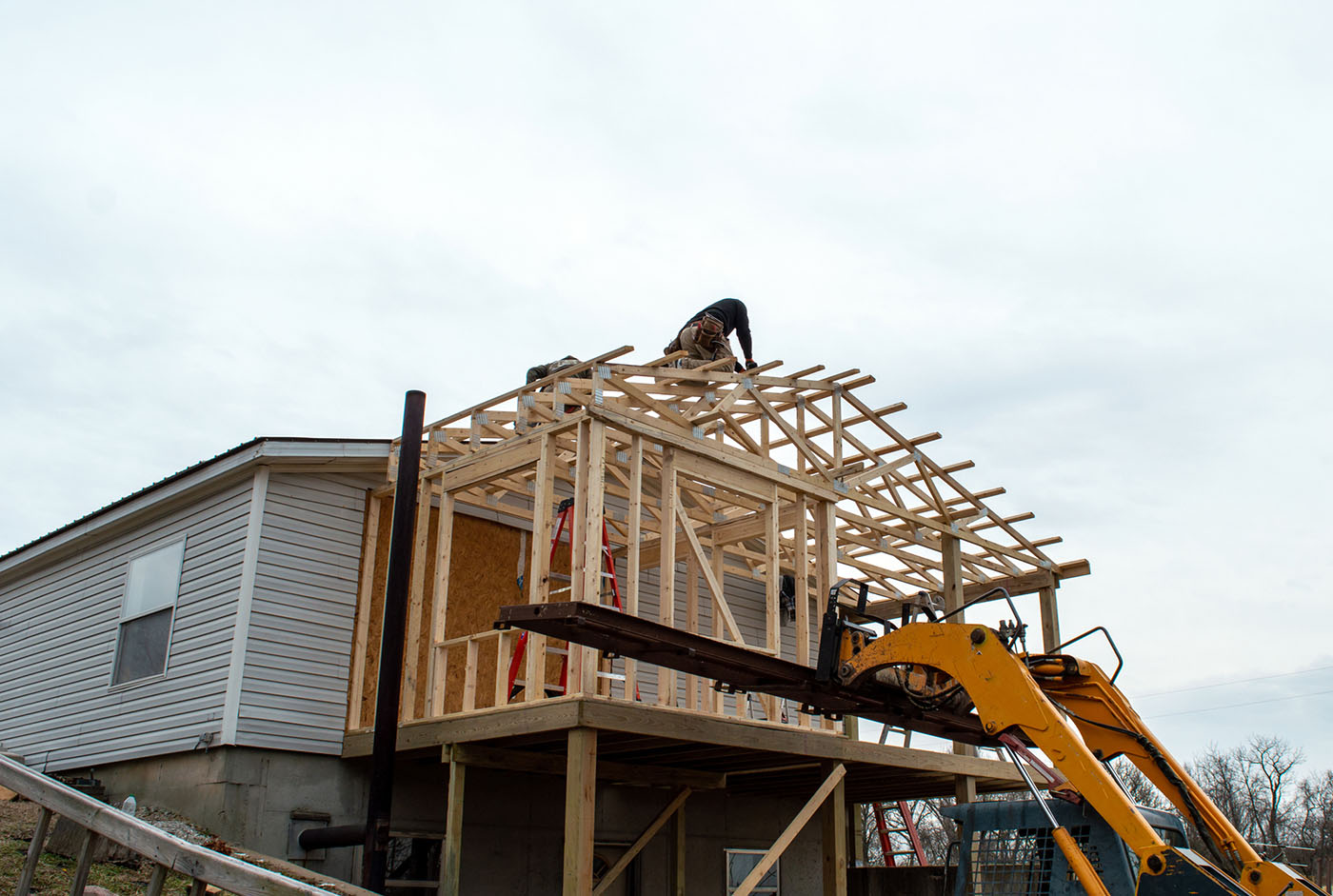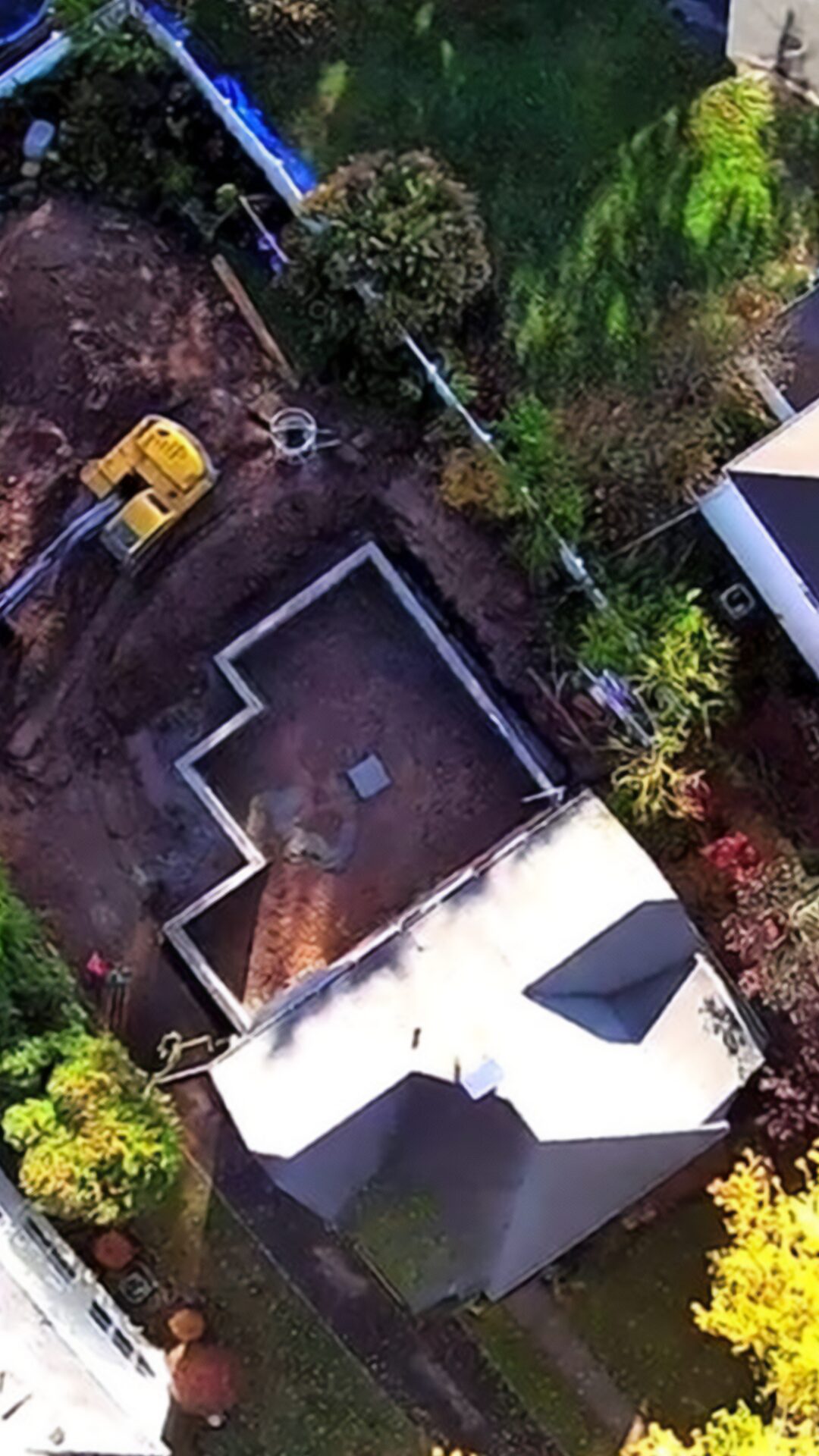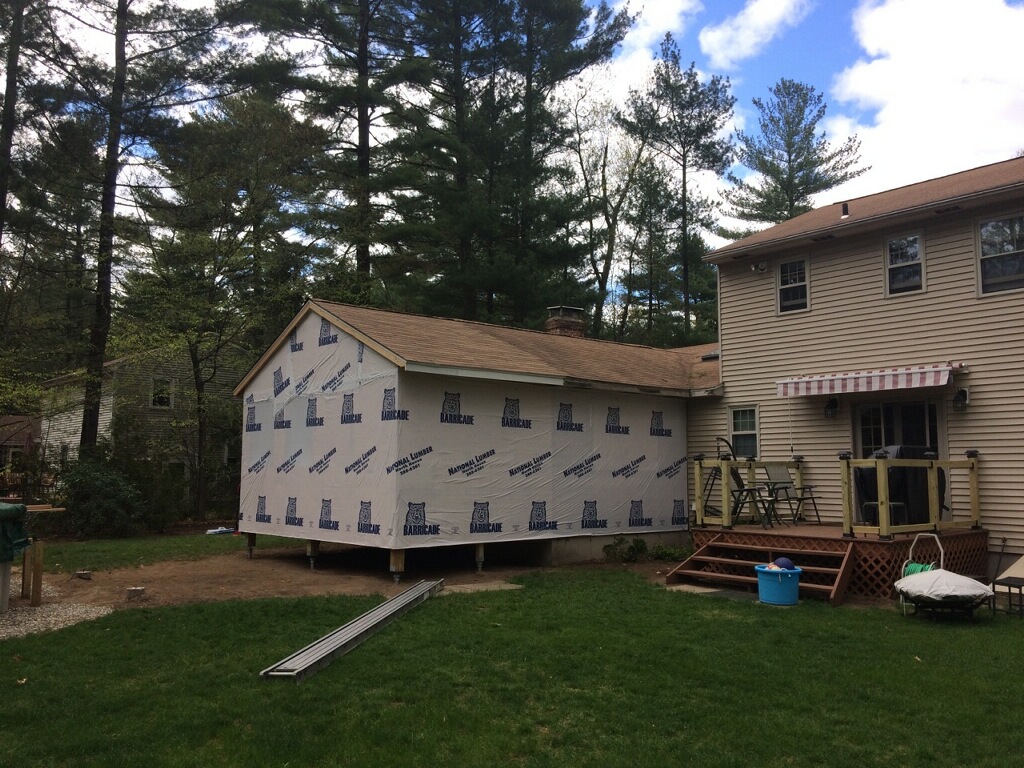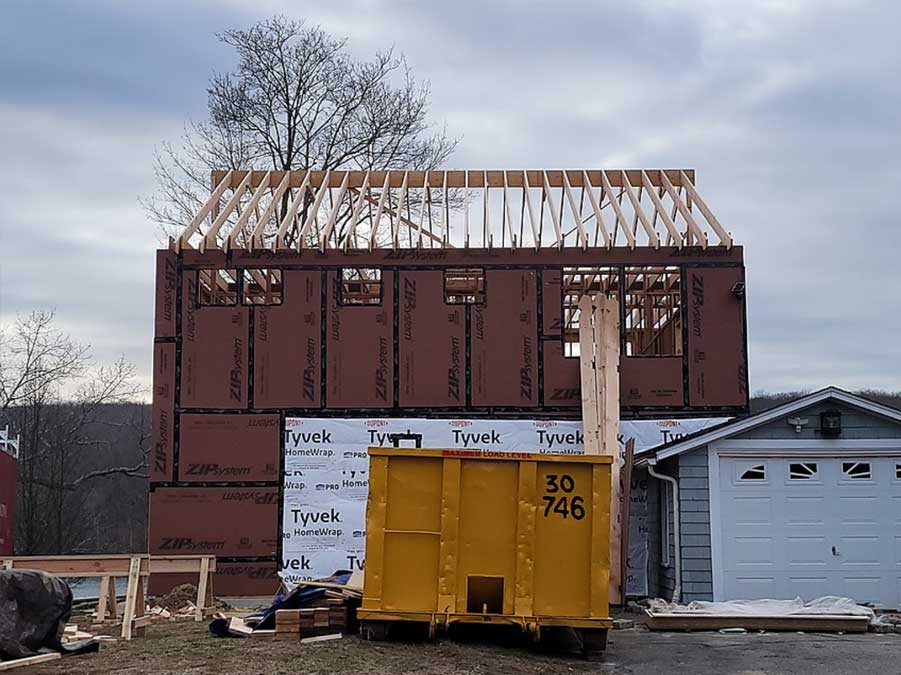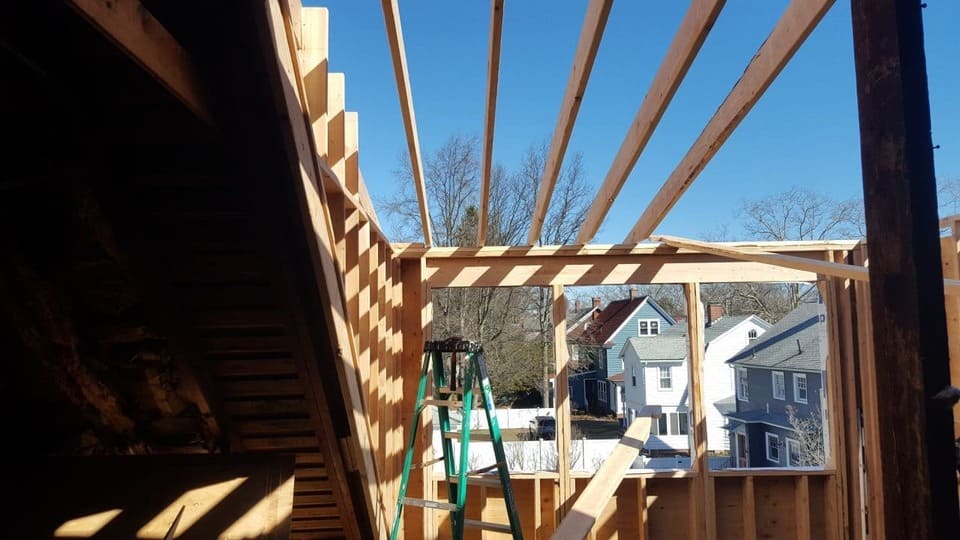Thinking about adding a home addition? Whether you’re expanding your living space, adding a new room, or converting unused areas into functional spaces, home additions can significantly enhance your lifestyle and increase your property’s value. This masterclass guide will walk you through the key aspects of home additions, focusing on Connecticut’s unique market.
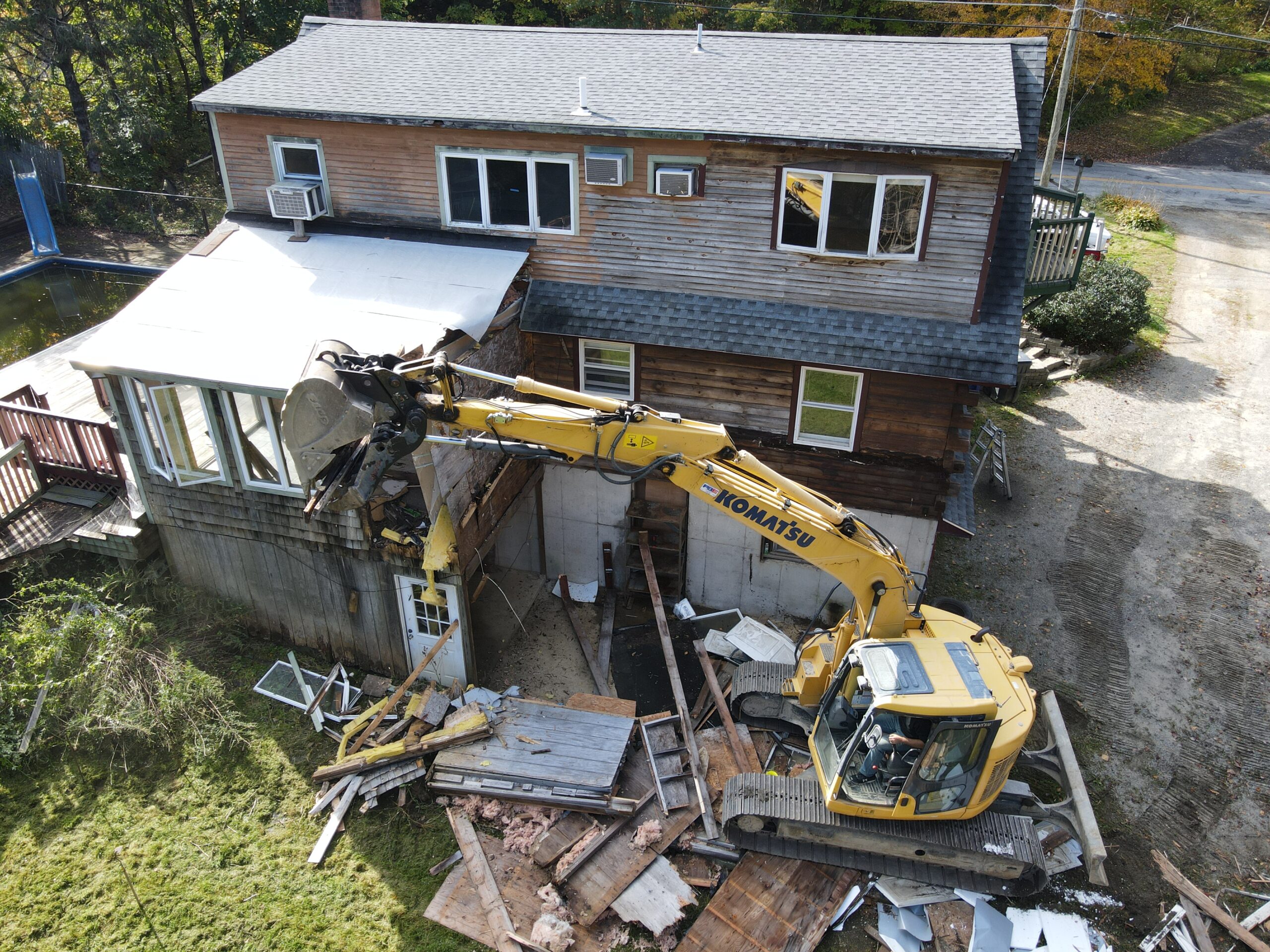
Home Addition Costs in Connecticut
Understanding the Costs
Home additions are substantial investments, and understanding the costs involved is crucial. Here are some average costs:
- General Additions: $500-700 per square foot
- Attic Finishing: $250-500 per square foot
- Basement Finishing: $200-350 per square foot
Projects involving significant electrical or plumbing work tend to be more expensive. Always budget for unexpected expenses, which are common in renovation projects.
Cost Breakdown
To better understand the investment, let’s break down what goes into the cost:
- Design and Planning: Hiring an architect or designer (10-15% of the total project cost)
- Permits and Inspections: Fees vary by location ($500 to $2,000)
- Materials: Varies widely depending on choice (flooring, windows, roofing, insulation)
- Labor: Skilled labor costs (30-40% of the total project cost)
- Utilities: Extending plumbing, electrical, and HVAC systems
Home Addition Construction Timelines
Overview of Remodel Timelines
The timeline for a home addition depends on the project’s scope, the speed of decision-making, and the efficiency of local building departments. Here are typical timelines:
- Additions: 6-10 months
- Attic and Basement Finishing: 3-6 months
Factors Affecting Timelines
Several factors can influence the timeline of your home addition:
- Decision-Making: Delays due to homeowner decisions
- Permits and Approvals: Time taken by local building departments
- Weather and Contractor Availability: Weather disruptions and contractor schedules
Design Considerations
When choosing a design, consider the following:
- Architectural Style: Ensure the addition matches the architectural style of your existing home. A cohesive design enhances aesthetic appeal and value.
- Functionality: Think about the primary function of the addition. Will it serve as a guest room, home office, or entertainment area? Design the space to meet your specific needs.
- Future-Proofing: Consider future needs and potential lifestyle changes. Flexible design solutions can accommodate evolving requirements.
- Natural Light: Incorporate windows and skylights to maximize natural light. Well-lit spaces feel more inviting and spacious.
- Outdoor Access: If possible, design the addition with direct access to outdoor areas like patios or gardens, enhancing indoor-outdoor living.
Exploring Design Options
When planning your home addition, several design options are available, each with unique benefits and considerations:
| Design Option | Cost per Square Foot | Benefits | Limitations |
|---|---|---|---|
| Dormers | $250-500 | Increased attic space and light | Limited by existing roof structures |
| Bump-out Additions | $300-500 | Adds space without new foundations | Limited additional space |
| ADUs | $400-750 | Rental potential, separate living unit | High cost, complex permitting |
| Second Story Additions | $500-700 | Significantly increases living space | Complex structural work, high cost |
| Attic Finishing | $250-500 | Cost-effective conversion | Limited by roof slopes and insulation |
| Basement Finishing | $200-350 | Large conversion area | Requires waterproofing, egress windows |
| In-law Suite Construction | $400-700 | Multi-generational living space | Significant investment |
| Attached Garages | $250-500 | Provides parking and storage | Adds to home footprint |
Financing Your Home Addition
Financing Options
Financing a home addition can be challenging, but several options are available:
- Home Equity Loan: Borrow against the equity in your home, with potentially lower interest rates.
- Home Equity Line of Credit (HELOC): A flexible credit line allowing you to borrow as needed.
- Renovation Mortgage: Bundles the cost of the home and the addition into a single loan.
- Personal Loans: Unsecured loans, often with higher interest rates.
Cash-Out Refinance: Refinancing your mortgage for more than you currently owe and using the extra cash for your addition.
Evaluating Financing Options
When choosing a financing option, consider the following:
- Interest Rates: Compare interest rates across different loan types.
- Repayment Terms: Understand the length of the loan and any penalties for early repayment.
- Loan Amount: Ensure the loan amount covers the full cost of the addition, including unexpected expenses.
- Tax Implications: Some home improvement loans may offer tax benefits. Consult with a tax advisor.
Is an Addition Worth It?
Evaluating the ROI
Adding to your home can significantly increase its value and improve your quality of life. Consider these factors:
Pros:
- High ROI in desirable neighborhoods
- Solves space issues and enhances lifestyle
- Customizable to meet specific needs
Cons:
- Significant investment required
- Over-customizing the home can make it less attractive at sale
- Potential for lifestyle disruption during construction
Home Additions vs. Moving
Deciding between a home addition and moving to a larger home involves weighing several factors:
- Cost: Moving involves real estate commissions, moving expenses, and potential higher property taxes. An addition may be more cost-effective in the long run.
- Emotional Attachment: If you love your current home and neighborhood, an addition allows you to stay while improving your living space.
- Customization: Building an addition offers the opportunity to customize the space to your specific needs and preferences.
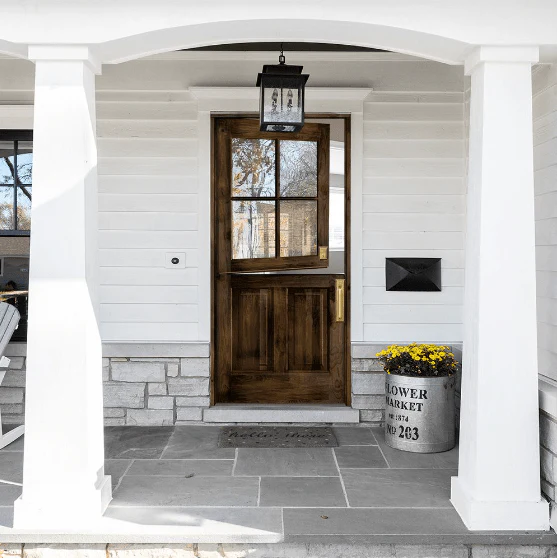
Home Additions vs. ADUs
Comparing Additions and ADUs
Accessory Dwelling Units (ADUs) are becoming increasingly popular. Here’s how they compare to traditional home additions:
| Feature | Home Additions | ADUs |
| Cost | $500-700 per square foot | $300-700 per square foot |
| Use | Integrated living space | Separate rental or guest unit |
| Permits | Standard home addition permits | Complex permitting, zoning regulations |
| Space | Seamlessly integrated with home | Separate, private living space |
Choosing Between Additions and ADUs
Consider these questions:
- Do you need additional rental income? ADUs can provide a steady income stream.
- Is privacy a priority? ADUs offer separate living spaces for guests or family members.
- Are local regulations favorable? Research zoning laws and permit requirements for ADUs in your area.
Home Additions vs. Sunrooms
Sunrooms as Alternatives
Sunrooms offer a bright, inviting space and can be an attractive alternative to traditional home additions. Here’s how they compare:
- Cost: Sunrooms are generally less expensive than full additions, with costs typically ranging from $15,000 to $70,000 depending on size and materials.
- Use: Sunrooms are perfect for relaxation and entertaining but may not be suitable for year-round use in all climates.
- Integration: Unlike full additions, sunrooms are usually attached to the home and designed for maximum natural light.
- Value: Sunrooms add aesthetic appeal and can increase home value, though not as significantly as full additions.

How to Estimate Your Home Addition Costs
Steps to Estimating Costs
Accurately estimating the cost of your home addition involves several steps:
- Define Your Scope: Determine the size and function of the addition.
- Consult Professionals: Get estimates from architects, designers, and contractors.
- Material Choices: Decide on quality and type of materials.
- Consider Utilities: Factor in the cost of extending plumbing, electrical, and HVAC systems.
- Budget for Contingencies: Set aside 10-20% of your budget for unexpected expenses.
Who to Contact First
The first step in planning a home addition is contacting the right professionals:
- Architect or Designer: Create detailed plans and ensure design cohesion.
- Contractor: Manage construction and coordinate with subcontractors.
- Local Building Department: Understand permit requirements and compliance.
- Financial Advisor: Explore financing options and understand financial implications.
Frequently Asked Questions
Costs
Can I build my own home addition? Building your own home addition is possible but not recommended unless you have significant construction experience. Professional contractors ensure quality and compliance with building codes.
Can you add a modular addition to an existing home? Yes, modular additions can be added to existing homes. They are pre-fabricated and assembled on-site, offering faster construction times.
How much does it cost to build a home addition? The cost varies widely depending on the size, complexity, and finishes. General additions range from $500-700 per square foot.
Other
Can you finance a home addition? Yes, home additions can be financed through home equity loans, lines of credit, or renovation mortgages. Consult with a financial advisor to explore your options.
Timelines
How long does it take to build a home addition? Most home additions take 6-8 months. Attic and basement finishes typically take 3-6 months.
Design
How do you start adding an addition to your home? Start by consulting an architect, designer, or Design Contractor to create plans. Then, hire a reputable contractor to manage construction, ensuring all permits and inspections are handled.
Do additions add value to a home? Yes, well-designed and executed additions typically increase a home’s value, especially in high-demand areas.
Final Thoughts
In conclusion, a well-planned home addition can transform your living space and add significant value to your property. By understanding costs, timelines, and design options, you can make informed decisions that align with your needs and budget. If you’re ready to embark on this journey, reach out to a trusted contractor to start planning your dream addition today.
Further Reading
- Bob Vila: Types of Home Additions and Costs
- HGTV’s Addition Planning Guide
- The Art of The Seamless Addition by This Old House
- Our main Additions page.
